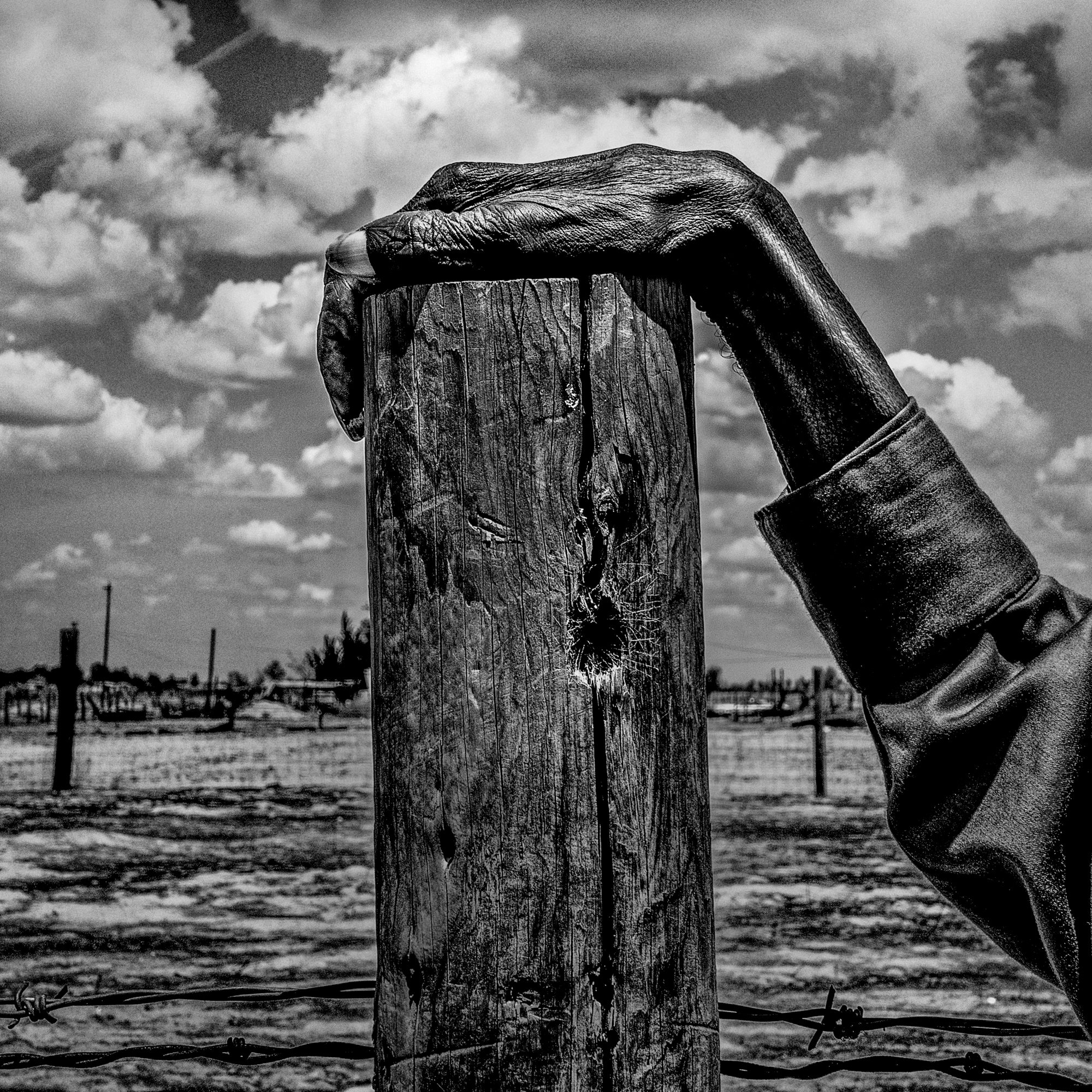
THE POOREST AMONG US
A half century after the world's richest nation declared war on poverty, Pulitzer Center grantee Matt Black is touring the battlefield—the small towns and cities that stretch across America in a necklace of misery. His haunting black and white images paint a devastating picture of joblessness, homelessness, hunger and despair.
Matt's journey starts in the Southwest, along the Mexican border, where MSNBC's Trymaine Lee writes that "persistent pockets of poverty have been exacerbated by a messy tangle of bad economic and immigration policy."
Matt's innovative project, called the Geography of Poverty and hosted by MSNBC, is a digital documentary that combines geotagged photographs with census data to create a portrait of poverty in America. Over the course of the summer, Matt will travel the perimeter of the U.S. to explore, document, and—we hope—spark discussion about contemporary poverty and growing income inequality in the U.S.
A STRATEGY TO END AIDS
There is no cure for AIDS, but as Pulitzer Center grantee Jon Cohen reports in Science magazine, there is a viable strategy for ending AIDS.
The Canadian province of British Columbia, New York State and the city of San Francisco are at the forefront of the ending AIDS movement. "These three locales have different definitions of what it means to end AIDS, as well as different approaches, tailor-made to their distinct demographics and politics. All, however, rely on aggressive use of ARVs (antiretrovirals) and intensive efforts to identify newly infected people and their partners. Those strategies reflect several game-changing findings of the past 5 years."
The idea is to fully suppress a patient's HIV levels at the onset of disease. "Researchers now know that if infected people take their ARVS and knock down the virus to undetectable levels in the blood, they rarely transmit it to their sexual partners," writes Jon. "The approach, called treatment as prevention, pays special dividends with recently infected people, who account for a disproportionate amount of spread. Studies have also shown that uninfected people who take the drugs pre-exposure—PrEP—can greatly reduce their own risk of infection."
Jon reports that while this approach has been highly effective in San Francisco, New York and Vancouver, other less affluent places—Tijuana, Mexico, for one—are still trapped in a deadly epidemic with no end in sight.
WAGES OF EBOLA
During the course of her reporting on the Ebola epidemic in Sierra Leone, Pulitzer Center grantee Amy Maxmen uncovered another disturbing story. "Hundreds, if not thousands, of nurses and other frontline staff fighting Ebola have been underpaid throughout the outbreak—and many remain so today."
According to Amy, the lack of pay is not simply a matter of corrupt officials stealing or diverting donor money. "The problems appear to be twofold: first, Sierra Leone's national health system has been so underfunded for so long, that it was a monumental challenge to document all of the country's care workers and set up payment distribution channels to them. Second, it turns out that relatively little money was set aside for local frontline staff within Sierra Leone's health system in the first place."
In a new e-book published by Newsweek (and available for purchase through Amazon), Amy follows the money, most of which went to Western aid groups. "Ebola's Unpaid Heroes" is a deeply reported look behind the scenes of the international community's response to the Ebola epidemic.
FREE LUNCH FOR KIDS IN INDIA
As part of her reporting project on India's vast school lunch program, Pulitzer Center grantee Rhitu Chatterjee tells the story of how the life of one woman, a victim of domestic violence, was transformed after she was employed as a cook for the mid-day meal program. "Today Saroj is the state leader of the union for thousands of women who work as school cooks and kitchen help across the state of Haryana. She has helped her fellow union members lobby for better pay and other rights," according to Rhitu's dispatch for NPR's Goats and Soda.
In "Power Lunch," a lively animation that complements Rhitu's reporting, Pulitzer Center grantee Mathilde Dratwa explores the impact of a program that now feeds 120 million children, employs two million women, and has contributed to the break-down of caste discrimination.
Until next week,
Tom Hundley
Senior Edior









